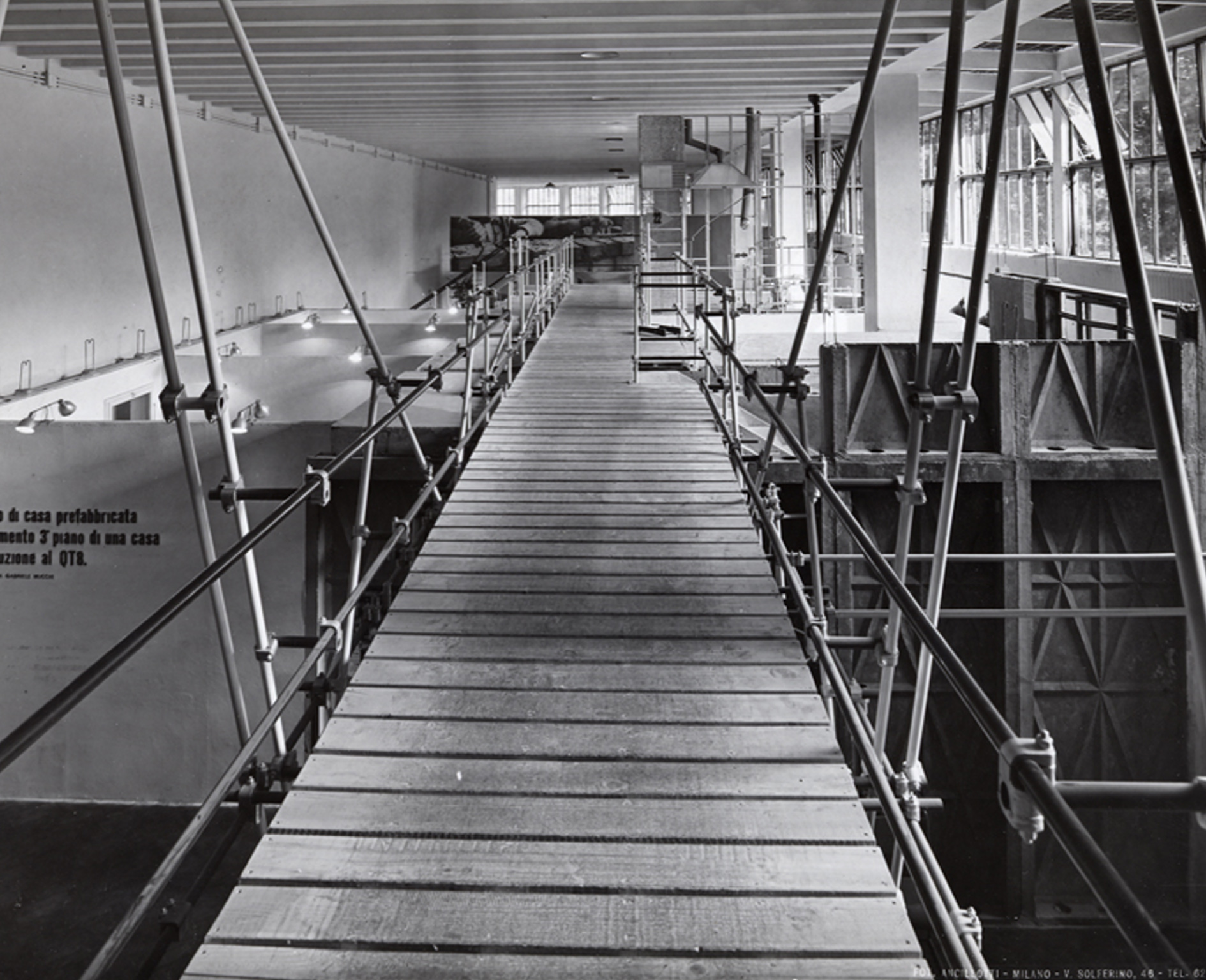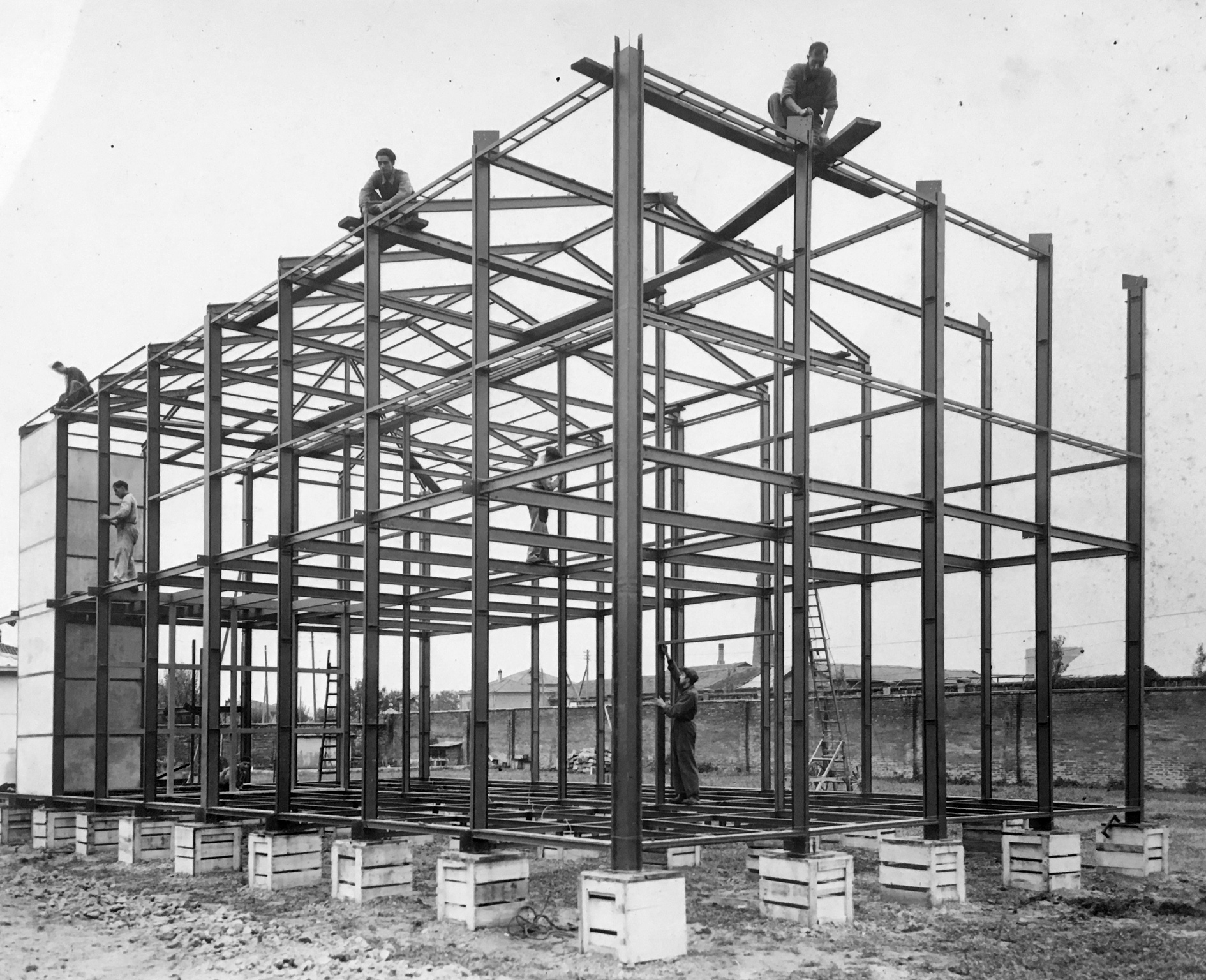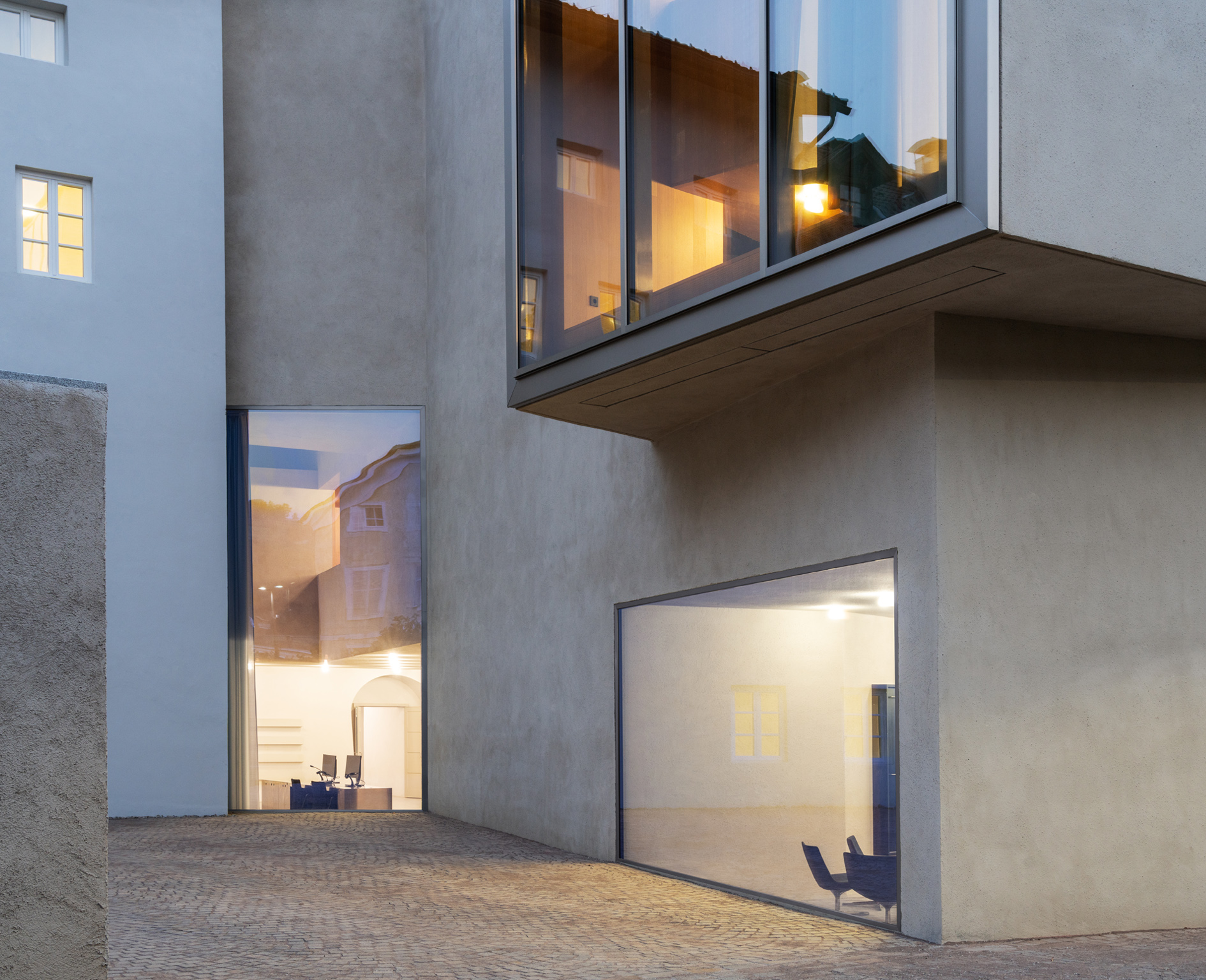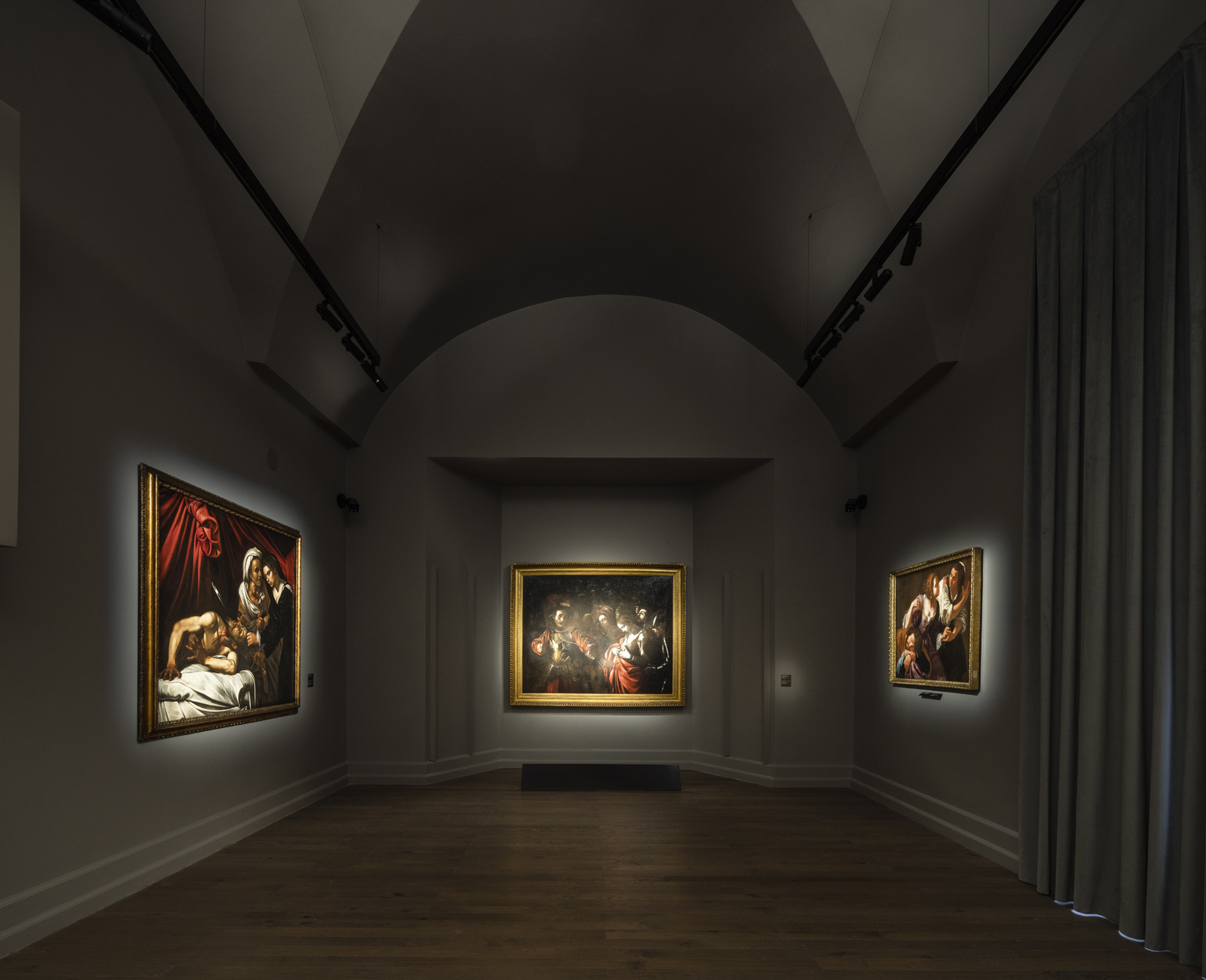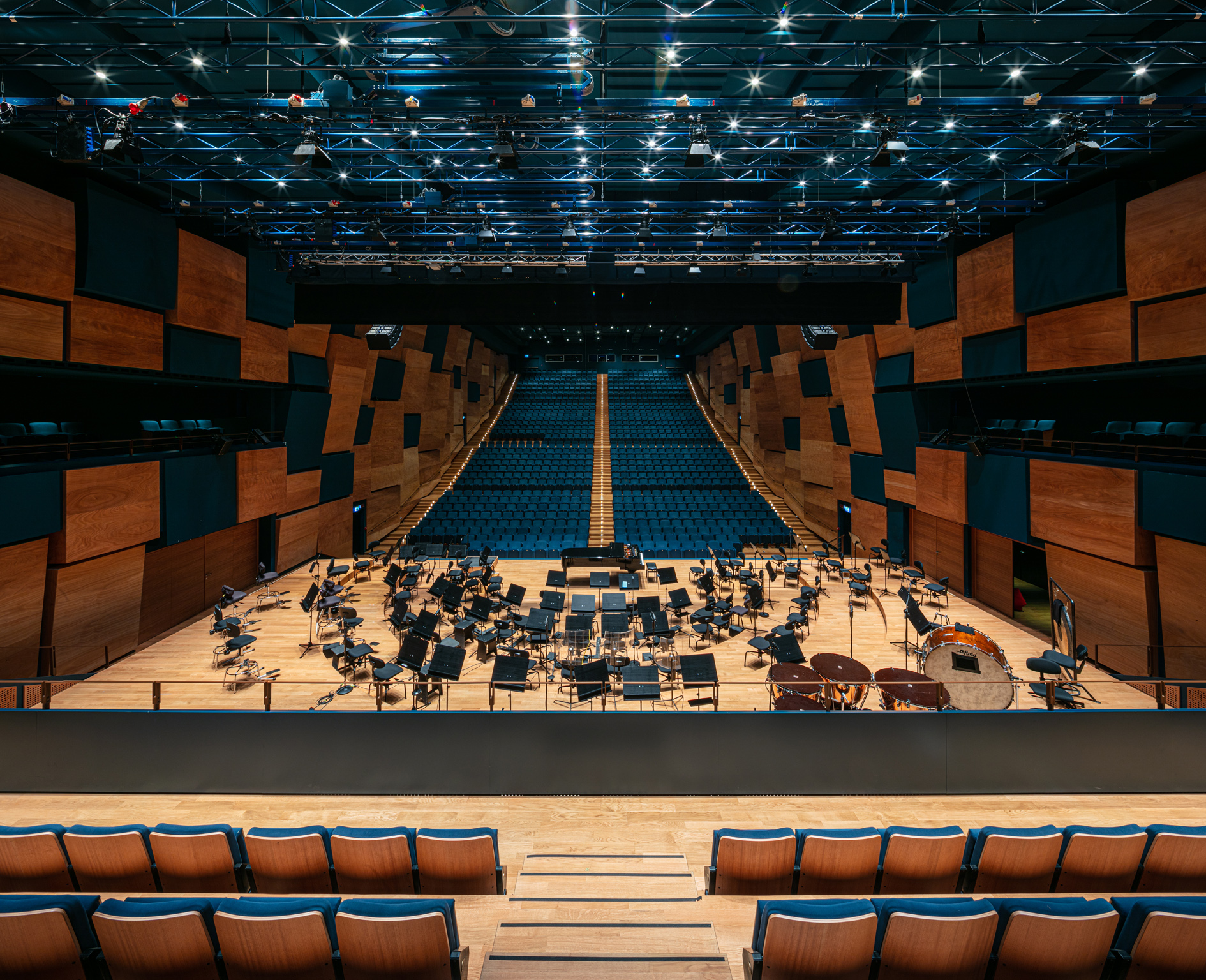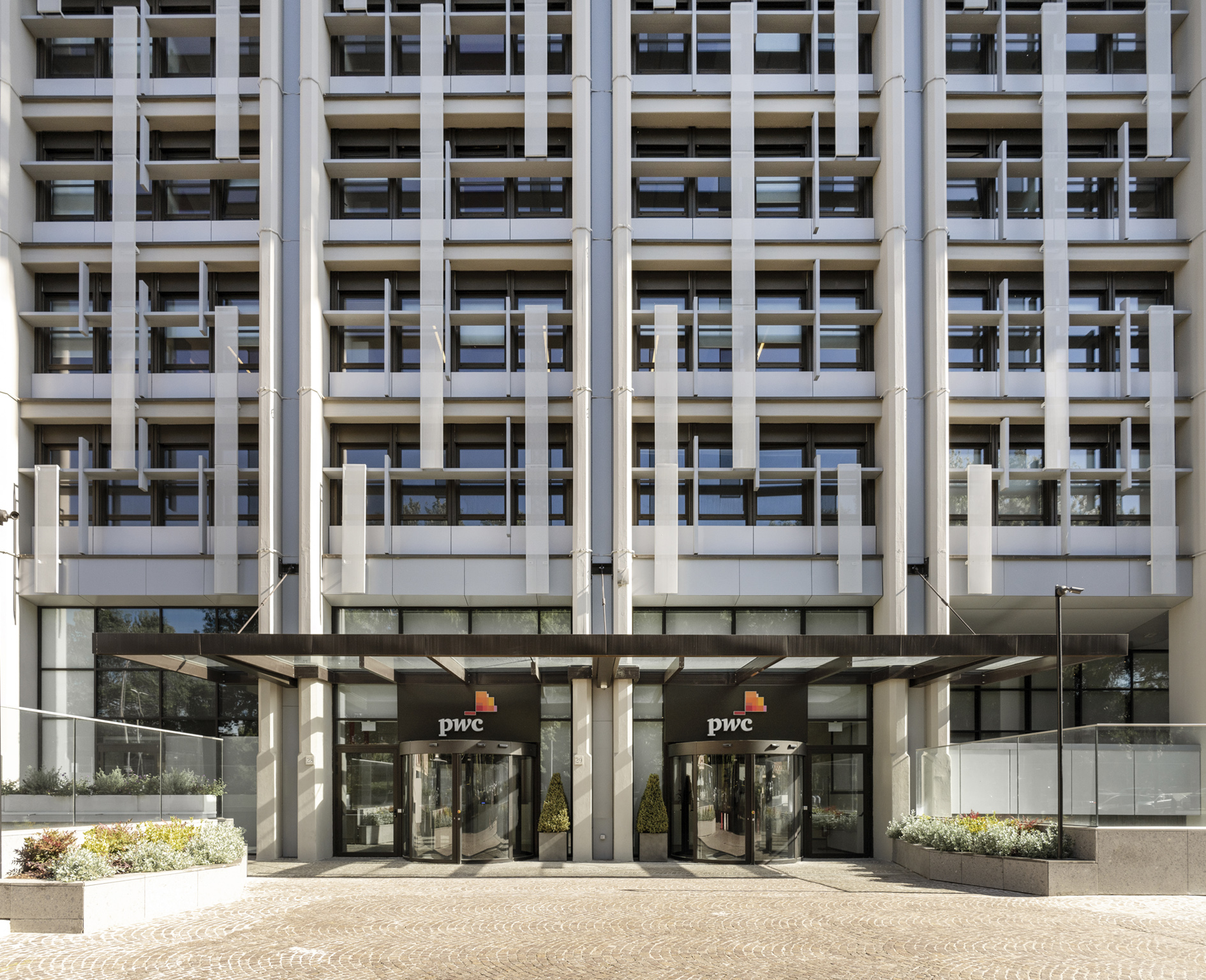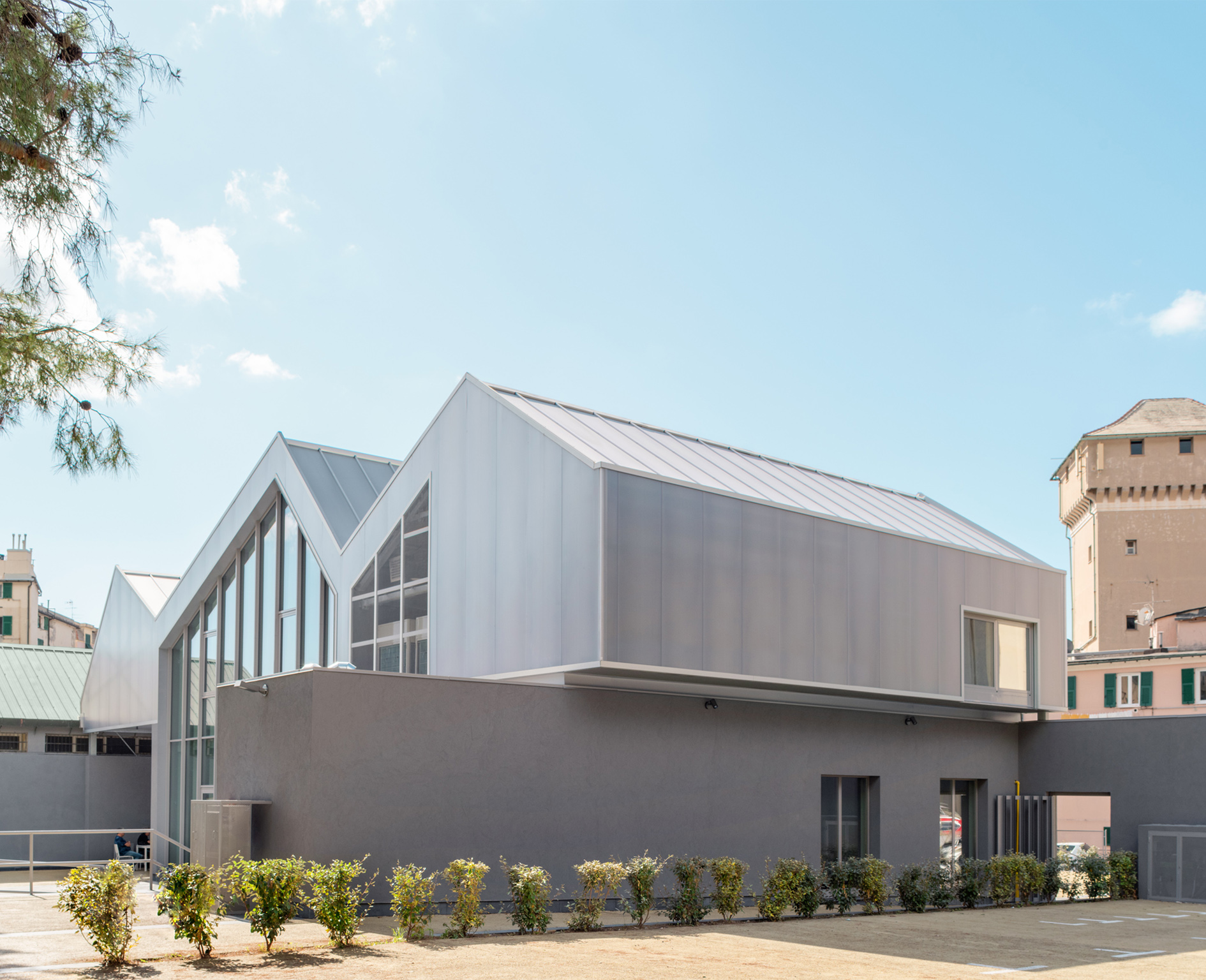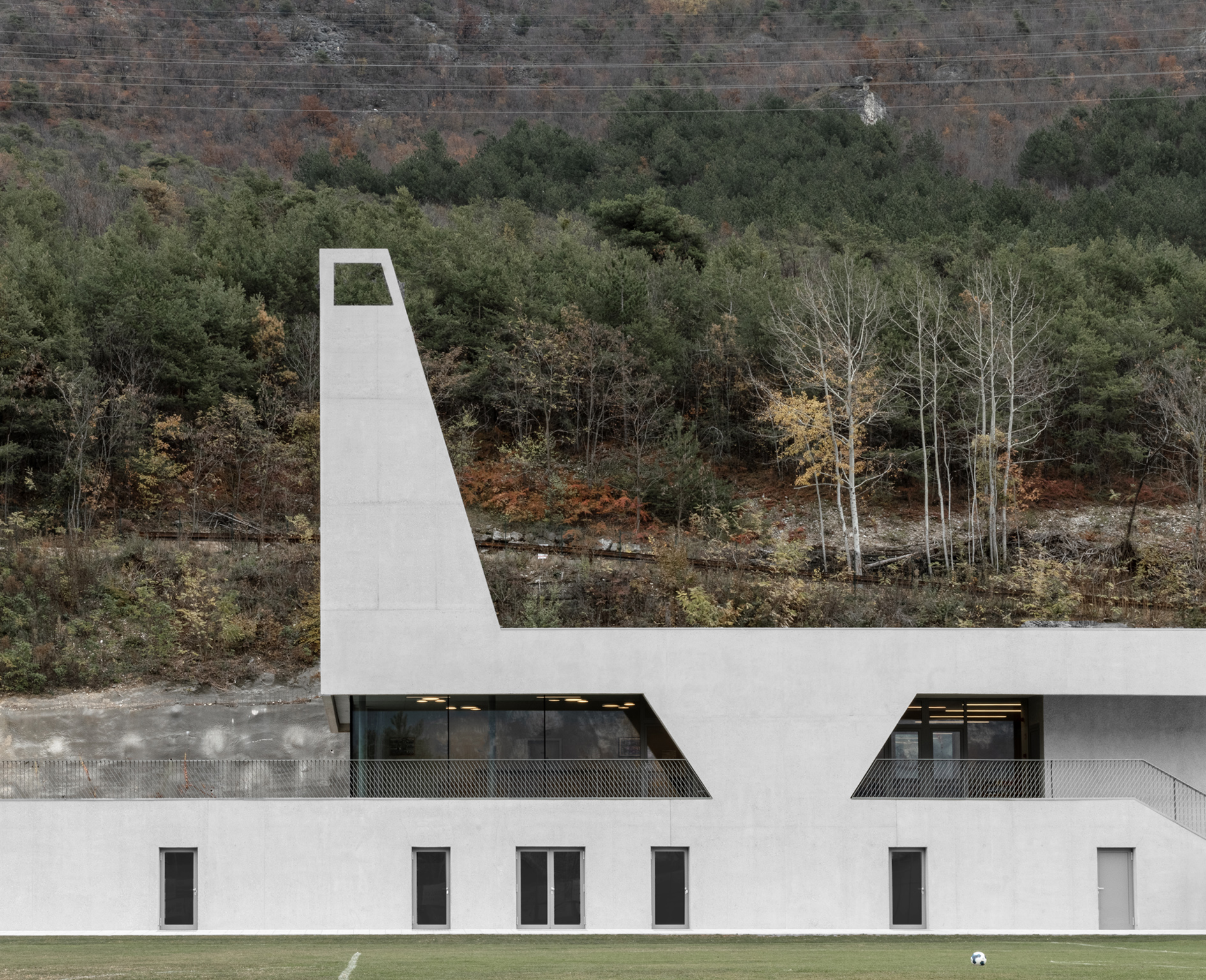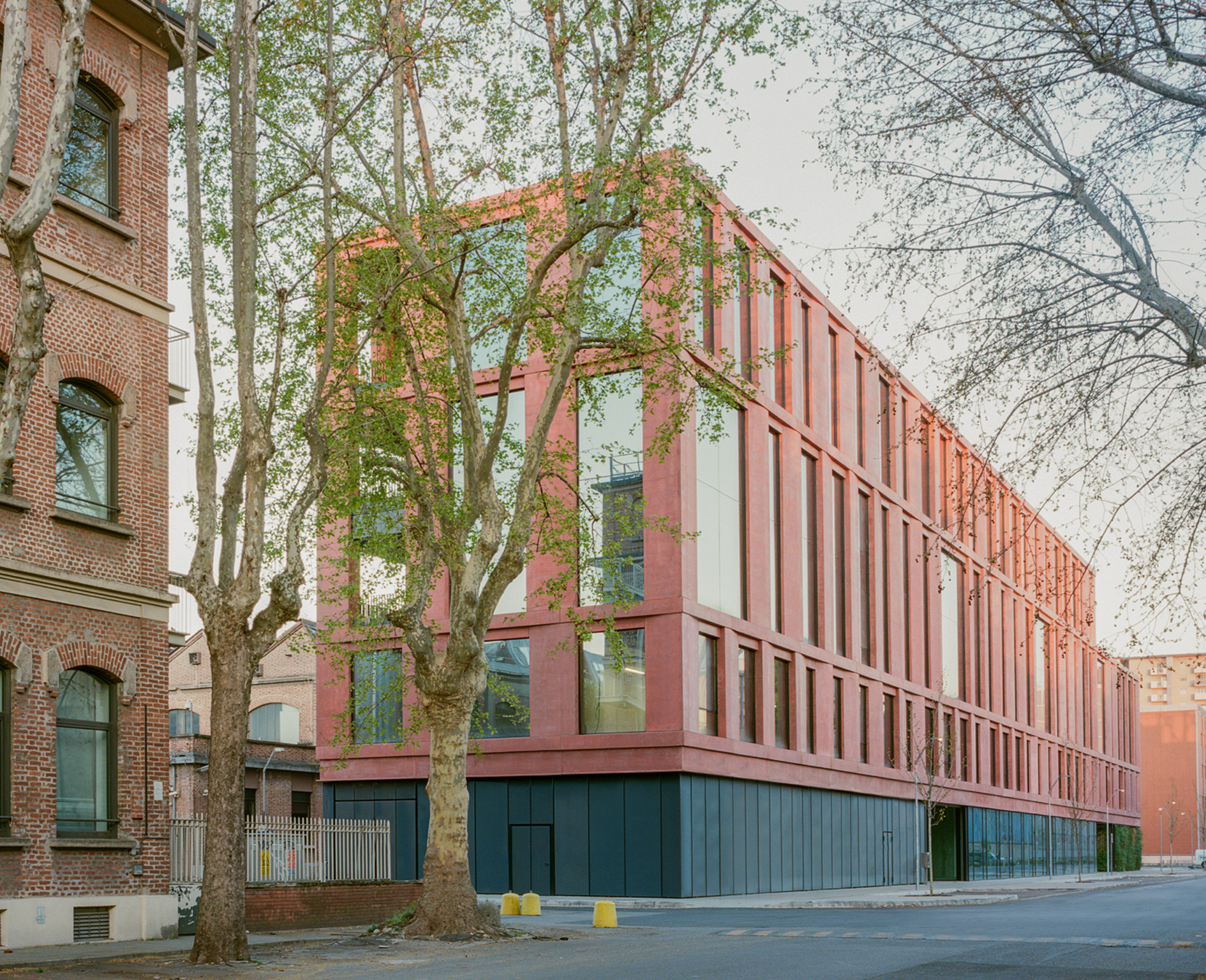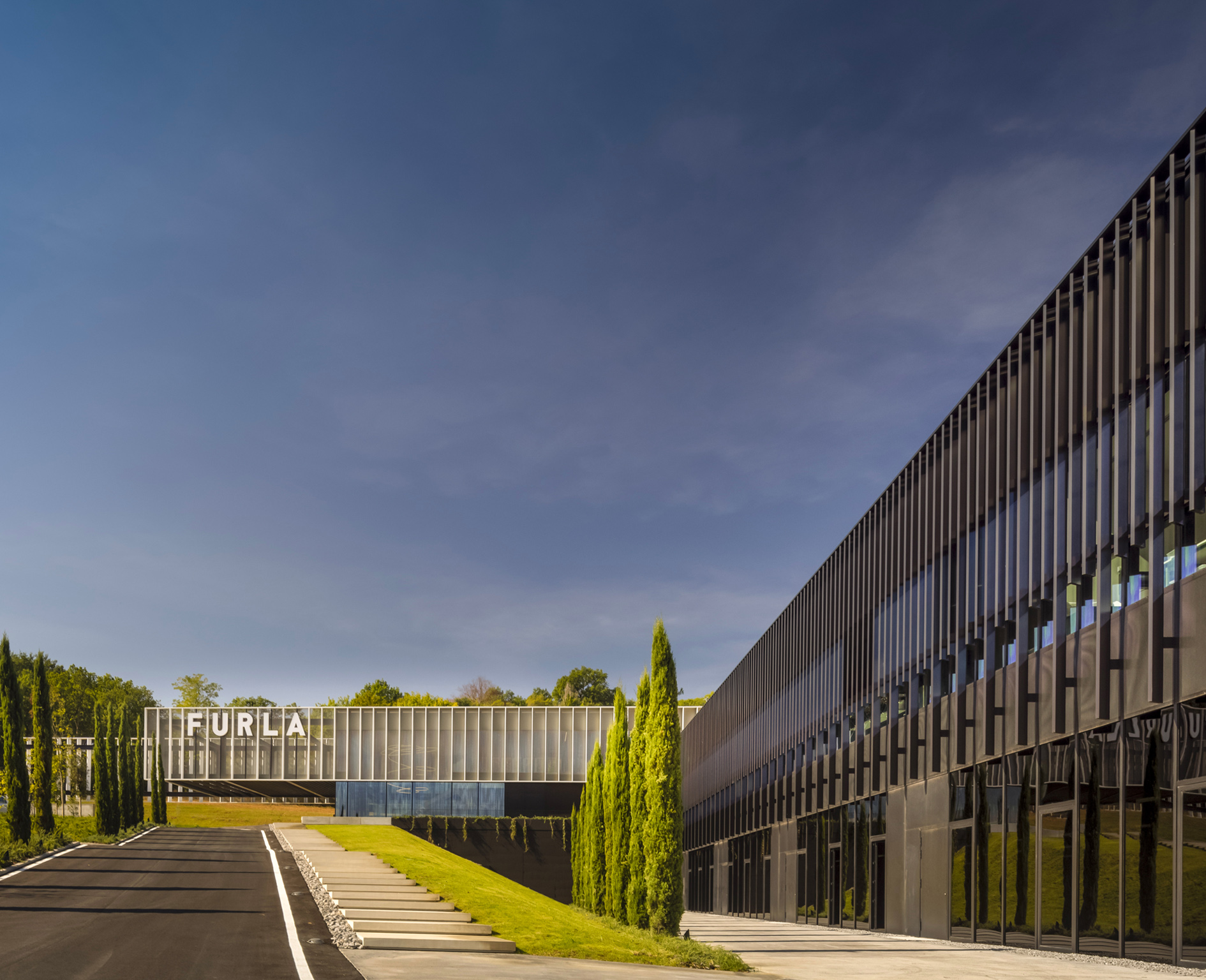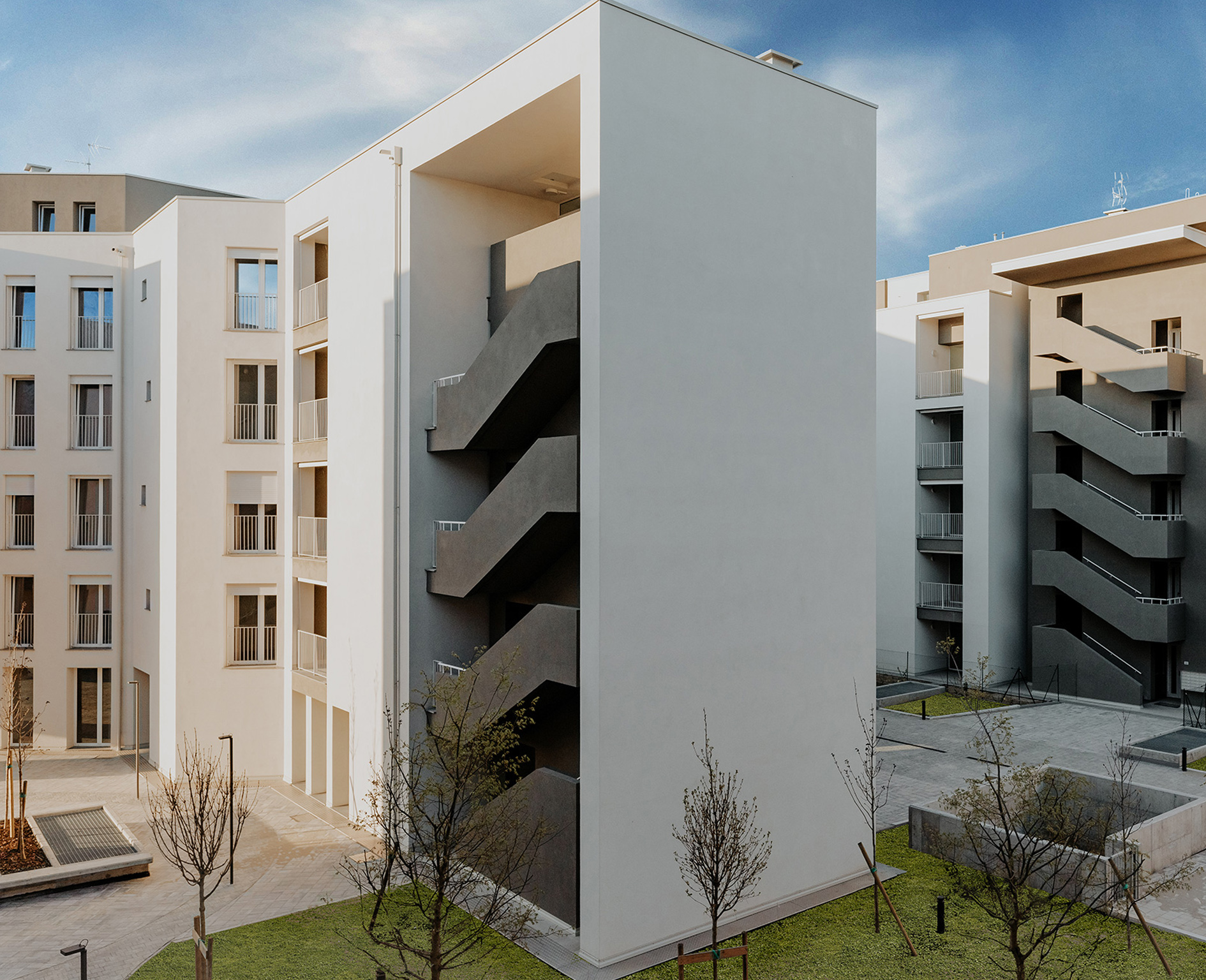TRIENNALE DI MILANO AND THE CULTURE OF INDUSTRIALIZATION IN ITALY (1947-1960)
introduction
Ilaria Giannetti, Stefania Mornati
In the lively Italian socio-economic debate between liberalism and planning in the second post-war period, building industrialization is late and less systematic than in other European countries. However, several efforts were dedicated to experimenting with and diffusing new construction methods in architectural culture. In this sense, the exhibitions of Triennale di Milano played a key role. This institution was founded in 1923 as an “Exposition of decorative arts and artisanry”. In the ‘30s, the frequency of the exposition became triennial and the venue of the exhibition was moved to the Palace of Art in Milan, which was specifically built on a project by Giovanni Muzio. The Triennale was stopped in 1940 due to the war, then resumed in 1947 and still carries on, despite an irregular frequency, promoting the relationship between art, architecture and industry.The editions of Triennale between 1947 and 1960 progressively update the state of the art on prefabrication in Italy and contribute to the diffusion of the culture of industrialization from post-war reconstruction to the period of the economic miracle.

